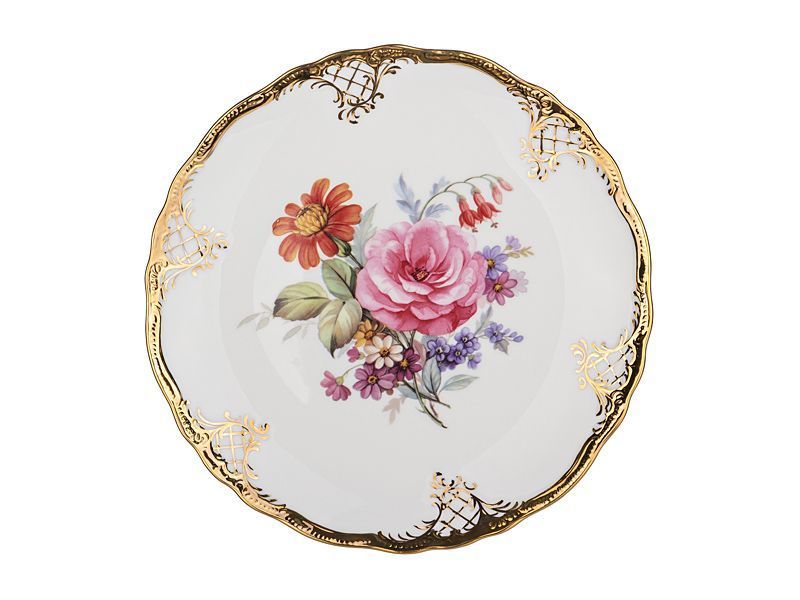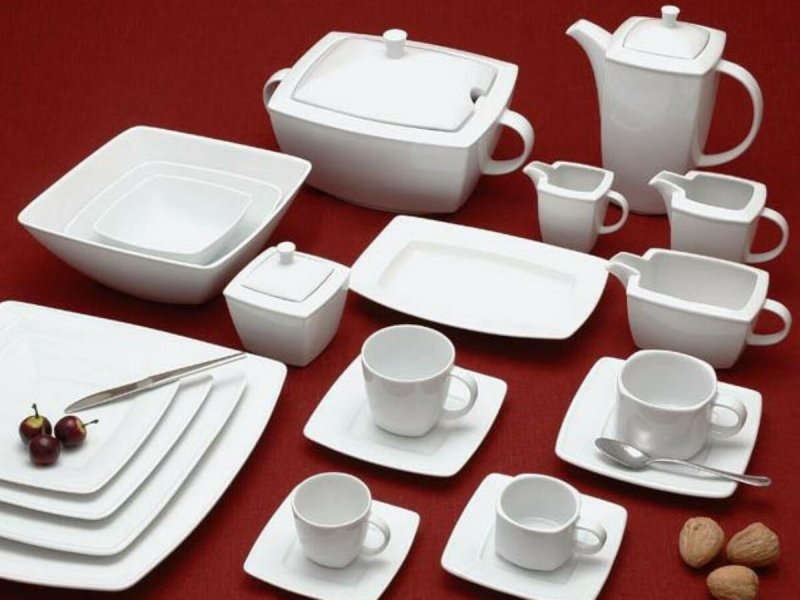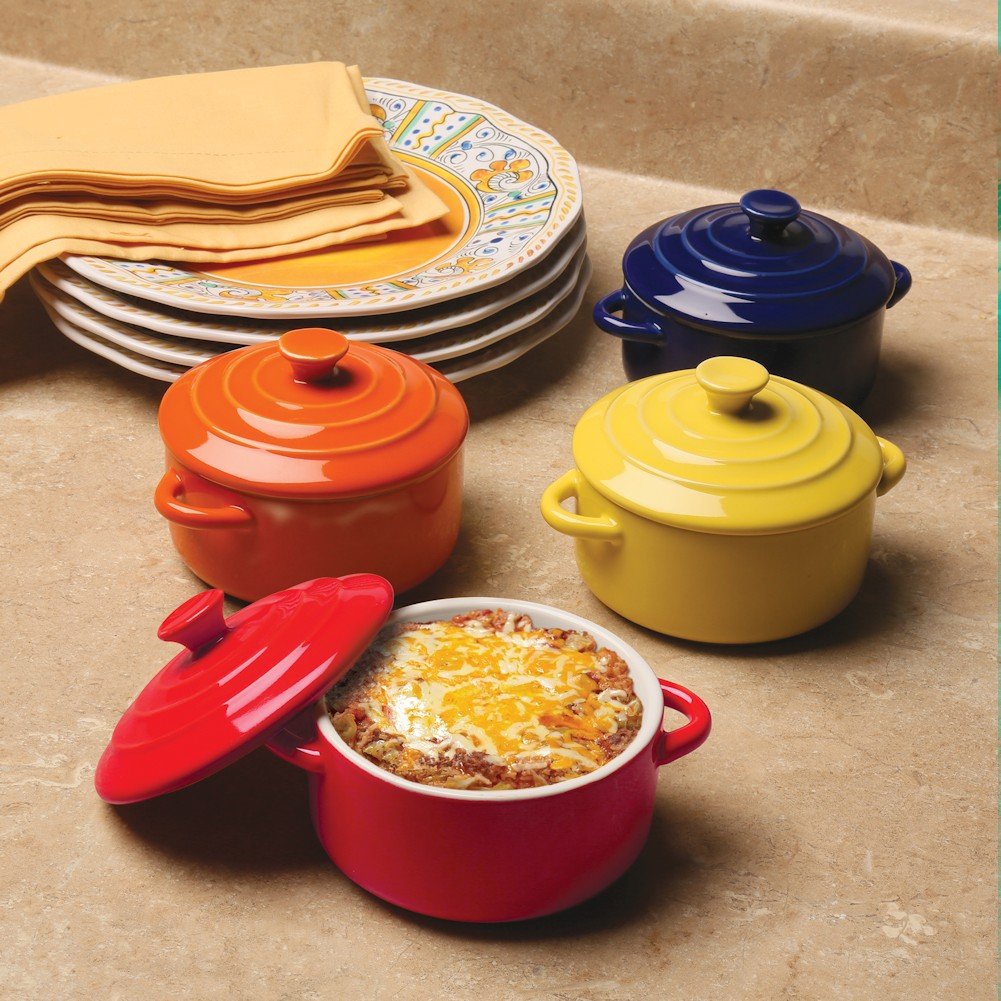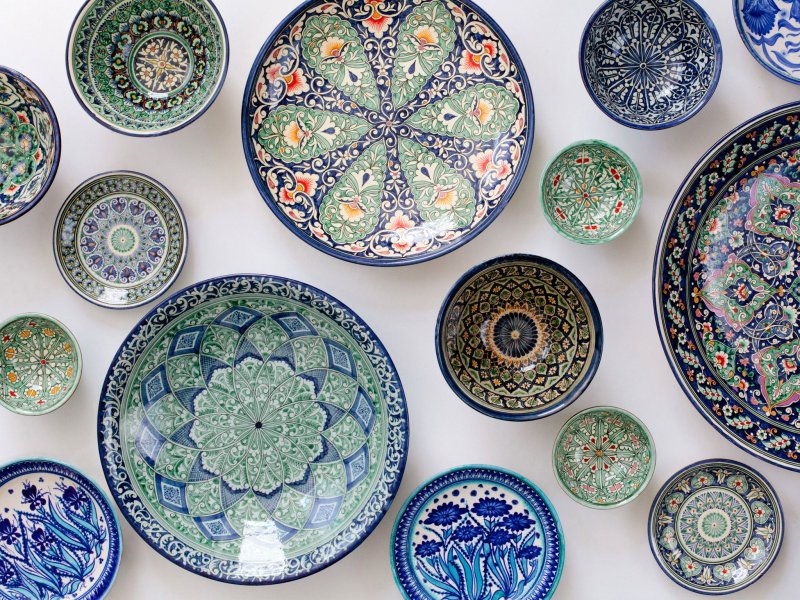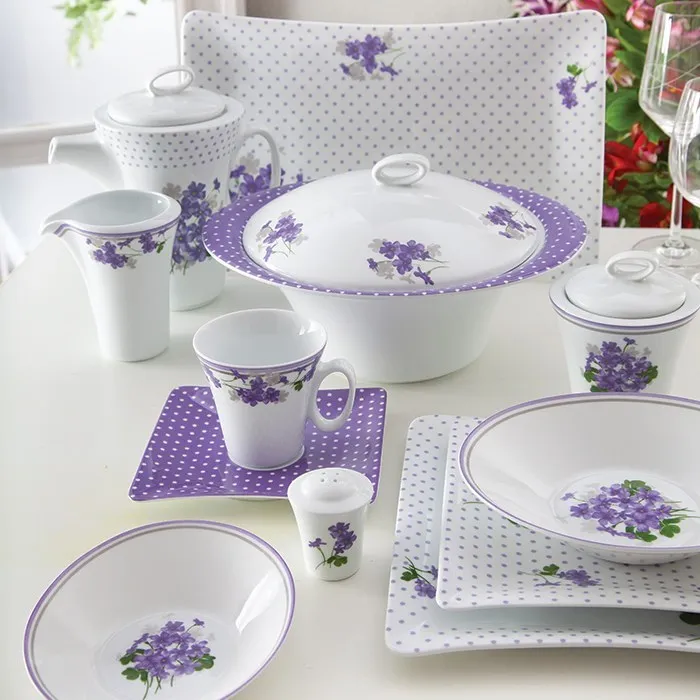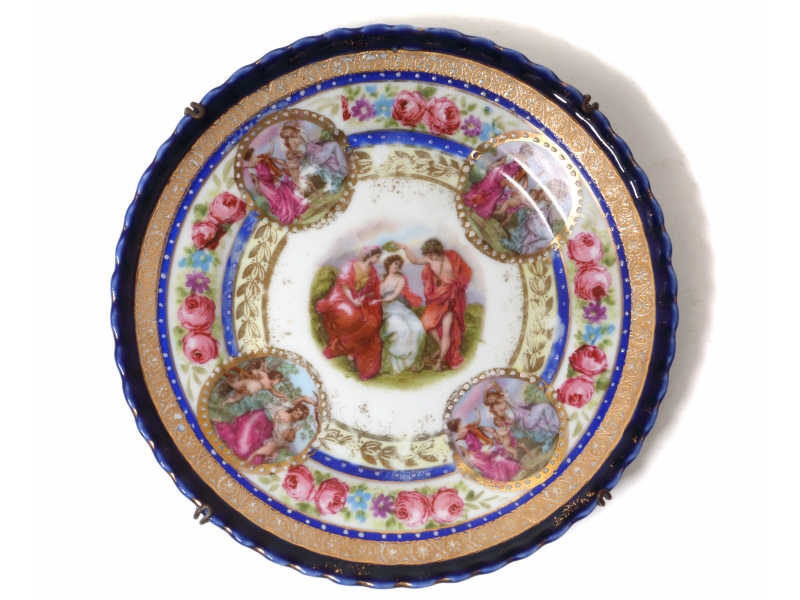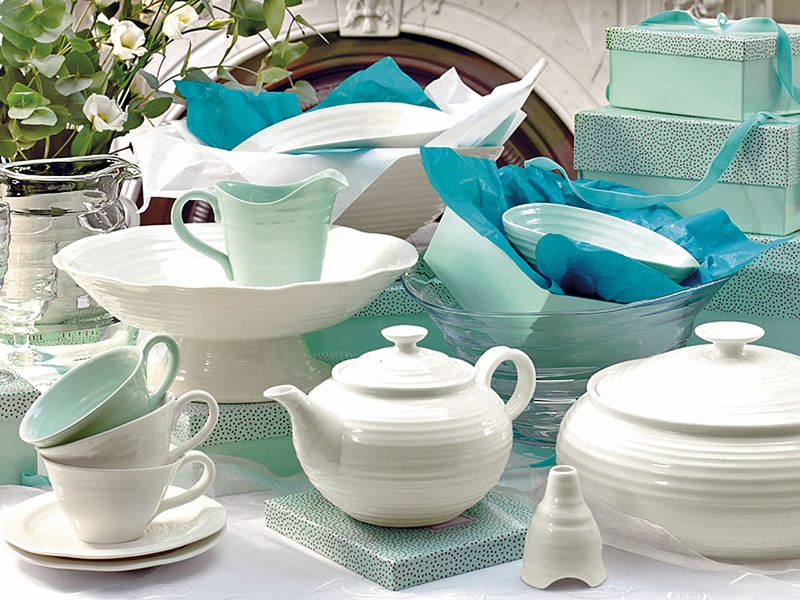Exploring the Beauty and Value of Antique Porcelain Plates
Introduction:
Antique porcelain plates hold a special place in the realm of collectibles and art. These delicate and intricately designed pieces offer a glimpse into the rich cultural heritage of different regions and time periods. From the highly sought-after Chinese porcelain plates to the exquisite European designs, these artifacts have fascinated collectors and enthusiasts for generations. In this article, we will delve into the fascinating world of antique porcelain plates, exploring their history, craftsmanship, value, and how to identify and care for these treasured possessions.
1. History of Antique Porcelain Plates:
The history of porcelain can be traced back thousands of years, with China being considered as the birthplace of this artistic endeavor. The Chinese began producing porcelain around the 7th century, during the Tang Dynasty. These early pieces were mainly utilitarian in nature, such as bowls and vases used for daily use and as trade items. Over time, the Chinese perfected their porcelain making techniques and developed sophisticated glazing and firing methods, resulting in exquisite and highly valued porcelain plates.
During the 17th and 18th centuries, European countries, particularly Germany and France, started to develop their own porcelain industries. Meissen in Germany and Sevres in France became renowned centers of porcelain production, introducing their own distinctive styles and techniques. These European porcelain plates often featured elaborate hand-painted designs and intricate gilded details, making them highly sought-after by collectors.
2. Craftsmanship and Design:
Antique porcelain plates demonstrate the exceptional craftsmanship and artistic skills of the talented artisans who created them. The production process typically involves several stages, including clay preparation, molding, firing, glazing, and decoration. The skill and precision required to produce these delicate plates are evident in their flawless execution.
The designs found on antique porcelain plates vary greatly, reflecting the cultural and artistic influences of different periods and regions. Chinese porcelain plates often feature intricate floral motifs, mythical creatures, or scenes from nature, inspired by Chinese mythology and folklore. European porcelain plates, on the other hand, may exhibit Rococo or Neoclassical designs, incorporating elements such as landscapes, portraits, or mythological figures.
3. Value of Antique Porcelain Plates:
The value of antique porcelain plates is determined by several factors, including age, rarity, condition, provenance, and desirability among collectors. Plates from renowned porcelain manufacturers, such as Meissen, Sevres, Worcester, or Limoges, are often highly prized due to their historical significance and superior craftsmanship.
Age is another crucial factor in determining the value of antique porcelain plates. Generally, the older the plate, the more valuable it is considered to be. Moreover, plates from specific historical periods or those associated with notable events or figures may fetch a premium in the market.
The condition of antique porcelain plates significantly impacts their value. Plates in excellent condition, free from chips, cracks, or repairs, are more desirable to collectors. The quality of the decoration, including the precision of painting and gilding, also plays a role in determining value.
Provenance, or the documented history of the plate, can have a significant impact on its value. Plates with provenance, especially if they have a connection to royalty, aristocracy, or prominent historical figures, tend to be highly sought-after.
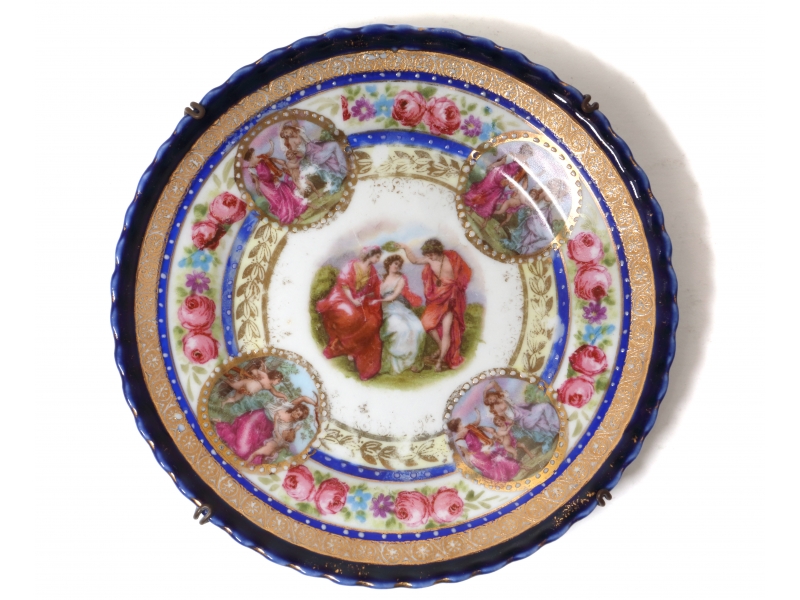
Lastly, desirability within the collector community can affect the value of antique porcelain plates. Trends and market demand can fluctuate over time, with certain styles or designs becoming more popular, thus driving up their value.
4. Identifying and Authenticating Antique Porcelain Plates:
Authenticating antique porcelain plates can be a challenging endeavor, especially considering the prevalence of reproductions and counterfeit pieces in the market. It is crucial to rely on expert guidance and develop knowledge about specific manufacturers, styles, and marks associated with genuine antique pieces.
One common method of identifying antique porcelain plates is by examining the manufacturer’s mark. Many renowned manufacturers left distinctive marks on their pieces, which serve as a valuable clue to their authenticity. These marks can be found on the underside of the plate and often contain the manufacturer’s name, logo, or a specific symbol.
Proper research and consultation with experts can help distinguish genuine antique porcelain plates from reproductions or pieces made in a similar style. Scrutinizing the quality of craftsmanship and design, as well as understanding the historical context and production techniques of different periods, can aid in the authentication process.
5. Caring for Antique Porcelain Plates:
Preserving the beauty and value of antique porcelain plates requires proper care and handling. Here are some essential tips:
a. Handling: When handling antique porcelain plates, always use clean, dry hands to prevent oil and dirt from damaging the delicate surface. Avoid holding plates by their rims, as this can cause stress on the edges and potentially lead to chipping.
b. Cleaning: Regular cleaning is essential to remove dust and grime. Use a soft, lint-free cloth to gently wipe the surface of the plate. Avoid using abrasive cleaners or harsh chemicals, which can damage the delicate glaze or painted decoration. If necessary, consult professionals for specialized cleaning methods.
c. Displaying: Porcelain plates should be displayed in a controlled environment, away from direct sunlight, excessive humidity, or extreme temperature fluctuations. Avoid displaying fragile plates in high-traffic areas where accidental damage is more likely. If hanging plates on a wall, use secure hooks or wire to ensure stability.
Conclusion:
Antique porcelain plates serve as windows into history, showcasing the remarkable craftsmanship and artistic expressions of different cultures and periods. Whether you are an avid collector, a history enthusiast, or simply appreciate the beauty of these captivating artifacts, understanding the history, design, value, and proper care of antique porcelain plates enhances their appreciation and ensures their preservation for years to come.Title: Exploring the Beauty and Value of Antique Porcelain Plates
1. The Market for Antique Porcelain Plates:
The market for antique porcelain plates has experienced consistent demand and appreciation over the years. Collectors, art enthusiasts, and interior decorators seek these exquisite pieces for their aesthetic appeal and investment potential. While the market may experience fluctuations in trends and preferences, rare and exceptional antique porcelain plates consistently command high prices.
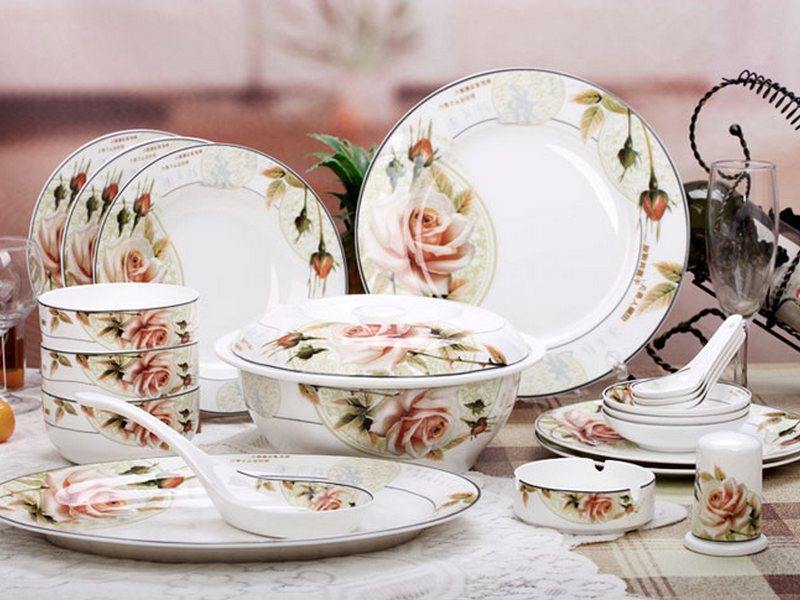
Businesses in the art and auction industry can capitalize on this market by curating and showcasing a diverse collection of antique porcelain plates. Establishing partnerships with reputable collectors, auction houses, and estate sale companies can provide a reliable source of rare and sought-after plates.
2. Investment Potential of Antique Porcelain Plates:
Antique porcelain plates have proven to be solid investments, often appreciating in value over time. As the supply of authentic antique plates becomes scarcer, the demand from collectors continues to grow. The rarity and historical significance of certain plates amplify their investment potential, with prices frequently reaching record-breaking figures in auctions.
Businesses offering investment opportunities in antique porcelain plates can attract clients looking to diversify their portfolios. Providing expertise in identifying valuable plates, offering professional authentication services, and facilitating resale options can position such companies as trusted partners for investors.
3. Online Marketplaces for Antique Porcelain Plates:
The digital age has transformed the way vintage and antique items are bought and sold. Online marketplaces, such as eBay and Etsy, have opened up new avenues for collectors and sellers of antique porcelain plates. These platforms allow businesses to reach a global audience and connect with potential buyers from around the world.
Businesses in the antique industry can leverage online marketplaces to establish their presence and expand their customer base. Maintaining a comprehensive online inventory, providing detailed descriptions and high-quality images, and offering secure payment and shipping options can help businesses thrive in the online marketplace.
4. Curating Antique Porcelain Plate Collections:
Curating a collection of antique porcelain plates requires a deep understanding of the market, historical context, and aesthetic appeal. Businesses specializing in curating collections can offer a wide range of plates, catering to different tastes and preferences. From focusing on specific regions or time periods to showcasing a diverse selection of designs, curated collections can attract both serious collectors and casual buyers.
Collaborating with experts in the field, such as historians, appraisers, and collectors, can enable businesses to source rare and valuable plates. Hosting curated exhibitions and events can create a unique experience for customers, encouraging sales and promoting brand visibility.
5. Restoration and Conservation of Antique Porcelain Plates:
Restoration and conservation services play a crucial role in preserving the beauty and value of antique porcelain plates. Businesses offering these services employ skilled artisans and conservators who specialize in repairing damaged plates while maintaining their integrity and historical significance.
Investing in state-of-the-art restoration techniques and materials, and employing knowledgeable staff with expertise in porcelain restoration, can position businesses as trusted authorities in the industry. Establishing relationships with collectors, museums, and auction houses can help generate a steady stream of clients in need of restoration and conservation services.
6. Collaborations and Partnerships in the Antique Porcelain Plate Industry:

Collaborations and partnerships can be instrumental in expanding the reach and visibility of businesses in the antique porcelain plate industry. Establishing relationships with artists, interior designers, and luxury brands can create synergies that enhance the appreciation and demand for antique plates.
Businesses can collaborate with contemporary artists to create modern interpretations or limited-edition porcelain plates inspired by historical designs. Partnering with interior designers can offer opportunities to showcase antique porcelain plates in curated room settings, demonstrating their versatility and timeless elegance. Collaboration with luxury brands for special edition or co-branded collections can attract a wider consumer base and increase sales.
7. Education and Events in the Antique Porcelain Plate Industry:
Educational initiatives and events play a vital role in fostering interest and knowledge in the antique porcelain plate industry. Businesses can organize workshops, seminars, and exhibitions to educate collectors, enthusiasts, and the general public about the history, craftsmanship, and value of antique plates.
Offering educational resources, such as books, online courses, or informative articles, can position businesses as authoritative sources of information in the field. By hosting events, businesses can create a sense of community, networking, and engagement among collectors, fostering long-term relationships and customer loyalty.
8. Insurance and Appraisal Services for Antique Porcelain Plates:
Insurance and appraisal services are essential for collectors and individuals looking to protect their investment in antique porcelain plates. Businesses specializing in these services can offer expertise in valuing, documenting, and insuring valuable plates.
Working closely with insurance companies, businesses can provide accurate appraisals and recommendations for appropriate insurance coverage. Providing secure storage options or partnering with reputable storage facilities can offer peace of mind to collectors concerned about the safety and preservation of their valuable plates.
9. Licensing and Reproductions of Antique Porcelain Plate Designs:
Antique porcelain plate designs hold immense aesthetic appeal and can serve as inspiration for modern merchandise. Businesses can explore licensing opportunities, allowing contemporary manufacturers to reproduce specific designs or motifs from antique plates onto modern tableware or home decor items.
Licensing agreements can generate additional revenue streams for businesses while introducing antique porcelain designs to a broader consumer base. Careful consideration should be given to select reputable manufacturers who can maintain the integrity of the original designs while producing high-quality merchandise.
10. Ethical Sourcing and Sustainability in the Antique Porcelain Plate Industry:
With the increasing focus on sustainability and ethical sourcing, businesses in the antique porcelain plate industry can emphasize the importance of responsible practices. This includes ensuring that the acquisition and sale of antique plates comply with legal guidelines and ethical standards.
Promoting the conservation and preservation of rare and endangered porcelain plate designs can enhance the reputation of businesses. Collaborating with organizations dedicated to preserving cultural heritage and biodiversity can demonstrate a commitment to sustainability and social responsibility.
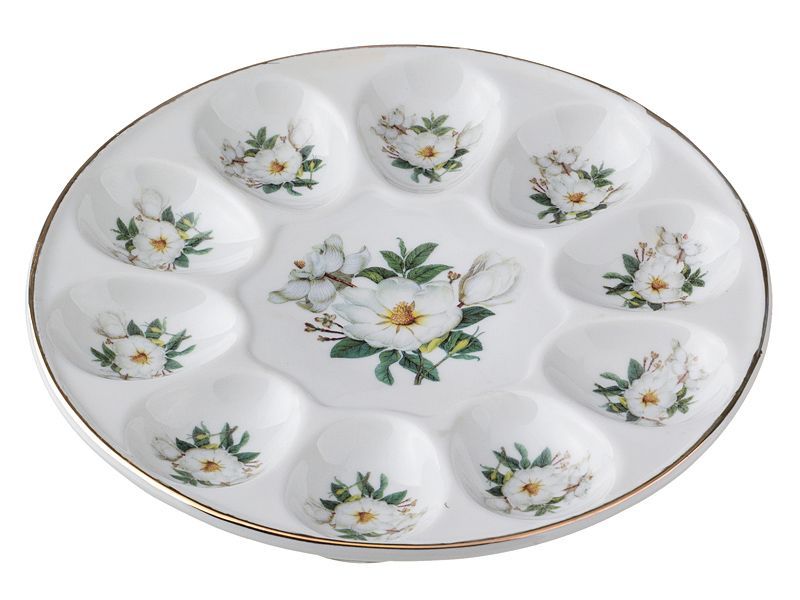
Conclusion:
The world of antique porcelain plates offers a diverse range of opportunities for businesses in various sectors. By understanding the market, valuing authenticity, and offering expert services, businesses can capitalize on the timeless appeal and investment potential of these exquisite works of art. Whether through curating collections, providing restoration services, or exploring collaborations and partnerships, businesses can foster appreciation for the beauty and value of antique porcelain plates while creating profitable ventures within this unique industry.
